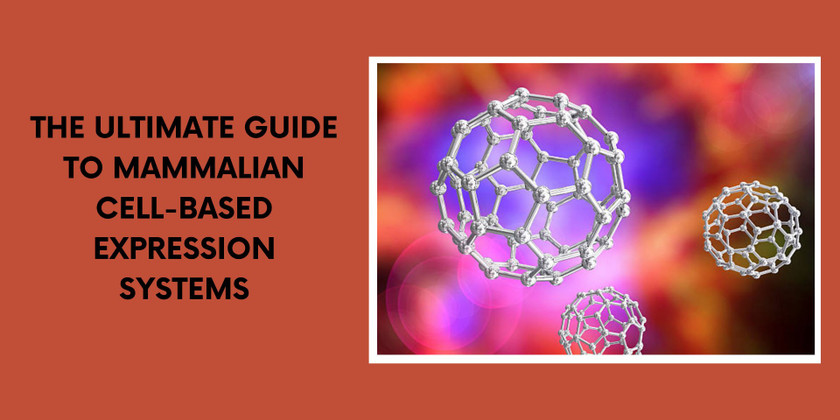The Ultimate Guide to Mammalian Cell-Based Expression Systems
May 4th 2023
Currently, proteins must be produced in the correct quantity and quality. Mammalian cells are increasingly being used to produce proteins. Mammalian cell-based recombinant protein expression methods can add the proper protein folding, post-translational modifications, and product assembly required for complete biological activity.
Mammalian cell-based expression systems are the most common technique used in the production of biopharmaceuticals. These expression systems function remarkably well regarding post-translational modifications and protein folding, which are crucial for recombinant proteins' activity and therapeutic effectiveness.
To help you choose whether mammalian expression systems are the answer to your problems, we have gathered crucial information about their advantages and guiding principles.
What is Mammalian Cell-Based Expression?
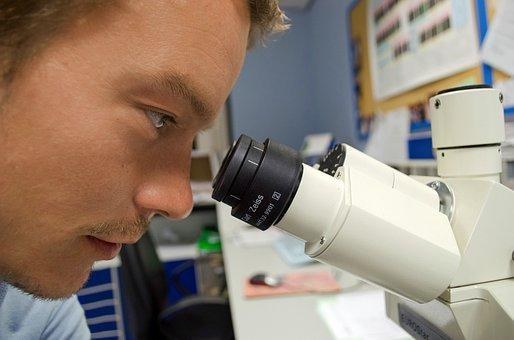
The expression platform that produces the most natively organized and functional mammalian proteins is in mammalian host systems. Mammalian expression is the technique of choice for studying a given protein's function in the most physiologically relevant context since it has the highest amount of post-translational processing and functional activity of the protein.
This approach generates therapeutic proteins, antibodies, and proteins in functional cell-based assays.
Mammalian Cell Expression System
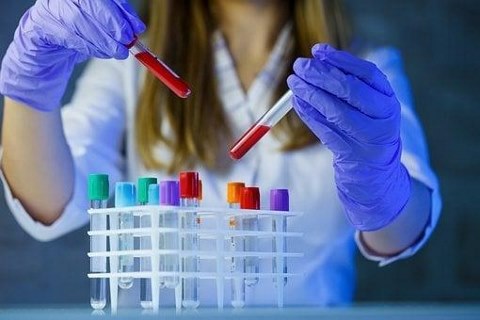
The ideal method for producing eukaryotic proteins is through cell expression systems, mainly when correct folding and post-translational modifications (glycosylation, phosphorylation, acetylation, etc.) are necessary. They create eukaryotic recombinant proteins in their pure form, complete with their original tertiary structure, physicochemical characteristics, and biological activity.
This technology has been used to express complex, altered, functional proteins and antibodies and secreted or membrane proteins such as recombinant glycoproteins (enzymes and vaccines), hormones, monoclonal antibodies, and cytokines. Mammalian cells are taken from or isolated from animal tissue.
The Definitive Guide to Mammalian Cell-Based Expression Systems
Animal cells have recently been exploited to produce viruses, viral-subunit proteins, antibodies, recombinant proteins, and vectors for gene therapy. Mammalian cell systems have been utilized to investigate the key facets of post-translational protein processing, transcription, translation, and gene replication in addition to being used in commercial biotechnology.
Essential facets of mammalian gene activity can now be studied thanks to the accessibility of cells that can be transformed and Mammalian cell-based vector systems based on viruses and plasmids. Mammalian expression systems are typically used for the following purposes:
- Confirmation of a gene product from a clone.
- Examination of how protein expression in mammalian cells affects cell physiology.
- cDNA library production and gene isolation.
- They are creating proper proteins with folds and glycosylation to evaluate biological activities both in vitro and in vivo.
- We are producing enough proteins and glycoproteins to characterize the structural makeup of the protein and nutrient moieties.
- The production of therapeutic proteins, including interferon, tissue plasminogen activator, erythropoietin, and Factor VIII, as well as therapeutically important antigens on the surface of viruses like the perihepatitis B virus surface antigen, is also essential.
- Monoclonal antibody creation is number seven.
Mammalian cells possess several crucial traits, such as the capacity to carry out post-translational changes and the ability to release appropriately folded glycoproteins with terminal sialic acid and complex antennary oligosaccharides. These covalent modifications may impact the therapeutic efficacy of the protein (such as the circulatory half-life and bio specificity), or they may provide characteristics that are helpful for biochemical characterization (such as structural stability, functional groups, and biological role).
By selectively inhibiting the entry of misfolded, incorrectly assembled, and incompletely formed developed proteins into the secretory pathway, mammalian proteins are produced under quality control. The material that has been adequately digested advances and is typically released as a fully functional protein.
The capacity of mammalian cells to express proteins with sialyl glycoforms that closely resemble the glycoproteins made by humans has been another significant aspect of this ability. Contrarily, yeast often generates hyper mannose-type glycosylation, and E. coli lacks any glycosylation mechanism.
The liver quickly removes the glycoproteins generated by yeast from the bloodstream, which can also cause negative immunogenic reactions in people. The correct assembly of multimeric proteins may also be altered, along with the glutamic acid residues being carboxylated, aspartic acid and asparagine residues being hydroxylated, tyrosine residues being sulfated, phosphorylation of proteins via cell receptor-protein interaction, fatty acid acylation, and phosphorylation of proteins.
Mammalian cells carry out post-translational alterations such as glycosylation, carbohydrate trimming, and proteolytic propeptide processing. In E. coli, the creation of recombinant proteins produced inside cells results in the buildup of the reduced form of protein, frequently as refractile insoluble aggregates that need further denaturation and folding again, in contrast to what occurs in mammalian cells.
When to Choose Mammalian Cell-based Systems to Express Recombinant Proteins?
The best expression systems for big proteins with intricate native structures and activities are those based on mammalian cells. Mammalian cells are superior to lesser eukaryotic or bacterial systems at:
- Folding a protein
- Change after translation (human-like)
- Offer incredibly high protein yields
- Possess very effective protein secretion mechanisms that enable low-cost and high-purity protein purification
- Ensure improved batch-to-batch uniformity while adhering to crucial quality norms for manufacturing therapeutic proteins.
- Allow different cell lines and methodologies (e.g., unstable versus transient)
Due to these characteristics, high-yield mammalian cell lines like Chinese Hamster Ovary (CHO) cells are currently used to manufacture the vast majority of therapeutic proteins available on the market. These cells have evolved to thrive in specific chemical environments without animal products.
Additionally, they provide high-density culture conditions that raise output yields while maintaining low culture volumes. Mammalian systems create a large number of proteins outside of medical settings. The primary non-therapeutic uses concern human or animal proteins' structural and functional analysis, essential for basic and clinical research.
These systems can also make enzymes or other functional proteins for analytical and scientific purposes. Furthermore, mammalian cells can do so when non-mammalian recombinant proteins cannot be created in other expression methods.
Mammalian Cell Host of Choice
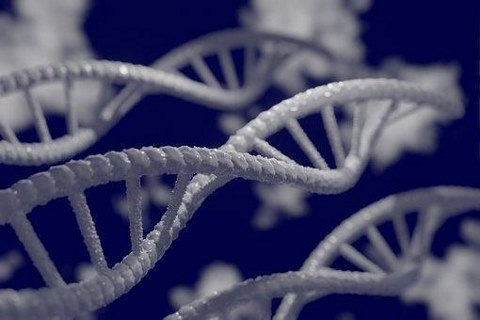
Although many hosts of mammalian cells can produce proteins, only a few have become popular as optionsfor generating proteins that will be used in clinical applications. The necessity for cell lines that:
- Can grow continuously
- Possibility of suspension growth (in bioreactors)
- Possess a minimal chance of accidental infection by viruses that could be harmful
- Have genetic stability
- Can be easily characterized concerning isoenzymes, gene copy quantity, morphology, and karyology
The potential user must specify an expression strategy based on end goals due to several host-cell systems, available viral or cDNA-based vectors, and the potential for either stable or temporary expression.
In transitory expression, the host cell experiences a spike in protein production, typically followed by the cell's quick lysis and death. This offers the issue of isolating the desired protein from a mixture of nucleic acids, lysed cellular protein, andvirus particles, which may be at a 5 g/ml concentration.
Due to the small titer and initial purity, the product yield during purification may be minimal; nonetheless, when just modest protein quantities are needed, the vaccinia system or transient expression in COS cells is a rapid and acceptable technology. Because it is challenging to scale up transient expression into a bioreactor system, a regular expression must produce higher amounts of protein.
A few cell lines have been effectively employed, serving as hosts in creating beneficial proteins and viruses. These comprise the normal embryonic cell line WI-38 and the human embryonic lung cell line MRC-5. These cells have a half-a-century restricted lifespan before they begin to senescence and perish. Their attachment growth is reliant.
Cell lines that have undergone viral transformation or chromosome mutation may possess both the capacity for unlimited growth and the capacity for growth in suspension. HeLa and Namalwa cells from human lymphomas and cervical cancers, respectively, are two examples of these cell lines. The potential for tumorigenic agents to be transferred to the finished product has caused some reluctance to use these cell lines to develop therapeutic medicines.
Stable expression is requiredto produce higher quantities of recombinant protein; it has typically been carried out in myeloma cells (such as NS/O), baby hamster kidney (BHK-21) cells, or CHO cells. These cell lines have an endless capacity for large-scale expansion and provide good hosts for the steady incorporation of heterologous DNA.
Transient or Stable Expression?
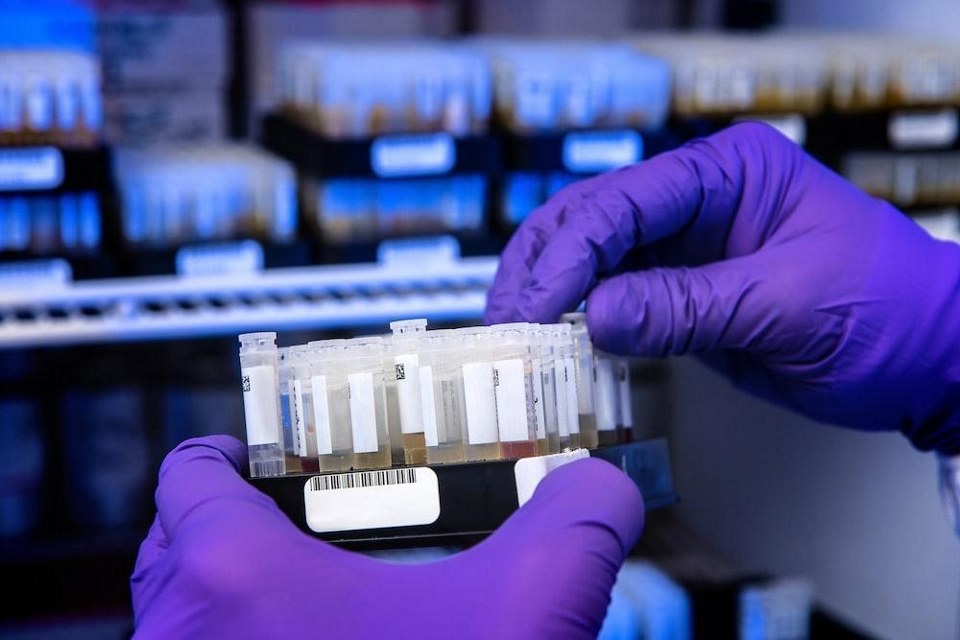
A protein can be expressed in mammalian cell-based systems either temporarily or permanently. Both strategies have benefits and drawbacks. They can thus be used at various stages of the protein synthesis process or cater to various applications.
Mammalian cells cannot replicate DNA vectors separately from their genome due to their inability to identify plasmid origins of replication, which is characteristic of other expression systems. This restriction led to the creation of unstable and transient systems.
The first kind of system takes advantage of mammalian organisms' lengthy cell cycles to enable recombinant protein expression in mammalian cells for brief periods. The expression vector is typically transfected into these systems in large numbers but is eventually lost after a few cell divisions.
These systems' short lead times and high yields are one of their major advantages. Because of these characteristics, they are incredibly useful for applications like medication and protein variant screening and research.
If you're seeking Protein expression service, Biomatik is here to make science accessible and inexpensive by providing high-quality integrated products and services for life sciences research and drug development. Biomatik has been assisting those who study and develop drugs, from widely used bioreagents and ELISA kits to specialized manufacturing services, including antibody sequencing services, gene synthesis, antibody production, and peptide synthesis.
In contrast, a regular expression is a drawn-out procedure that needs the DNA vector permanently incorporated into the mammalian system's genome. After transfection, single positive clones must be chosen and isolated, as this integration can be site-directed or random. The stage that takes the longest to complete, single-clone screening, can typically take up to 4 months.
It is frequently accomplished using manual techniques like reducing dilution or automated processes like VIPSTM(verified in-situ plate seeding). This technology can be used for large-scale biopharmaceutical production because it takes time to create stable cell lines.
Requirements for Mammalian Expression System
How effectively a gene is transcribed dramatically impacts how much it is expressed. Any gene can be transcribed when the RNA polymerase complex binds with the promoter regions and progresses from a 5 to 3 direction along the gene. As a result, an RNA transcript is generated, which ultimately separates from the gene at the transcription signal and freezes the transcript in preparation for eventual translation.
A suitable cell line and the proper vectors are necessary for gene expression in mammalian cells. The vectors should operate as a means of delivering the desired gene into the requisite cell lines.
Cell lines
Protein therapies made from mammalian cells have altered the face of human healthcare over the past ten years. The importance of protein therapies has pushed the search for more efficient and cost-effective cell lines that can produce high-quality protein products forward.
Viral vaccines, diagnostic tests, and therapeutic proteins have all been produced using bioprocesses based on mammalian cells in the past. Cells serve as the host for the creation of proteins in protein therapies.
Vectors
DNA molecules replicating independently and acting as vectors can transport foreign DNA fragments. It is a tool for gene cloning. An appropriate vector is initially used to clone the desired DNA, after which the desired gene can be transfected and expressed in the host. Most frequently, vectors produced from mammalian viruses express heterologous genes in mammalian cells.
These include herpesvirus, polyomavirus, papovirus, and Simian Viruses 40 (SV40). The choice of an effective promoter and a selection marker is necessary for constructing the vector.
Bottomline
Mammalian cell-based expression systems for recombinant proteins can introduce appropriate protein folding and post-translational modifications, which are frequently necessary for complete biological activity. The primary takeaway is that the article has provided a concise overview of recent developments in mammalian expression systems, which are significant for animal biotechnology.
More than half of the biopharmaceutical products on the market today and hundreds more candidates in clinical development are produced by mammalian protein expression, which has emerged during the past two decades as the predominant recombinant protein production technique for therapeutic purposes.
New genetic expression, gene silencing, and gene targeting strategies have been introduced, and there has been significant success in creating and engineering new cell lines. Only when the productivity, bioactivity, function, and physicochemical properties of the target protein are taken into account, together with the cost, practicality, and safety of the system itself, can the best expression method be chosen.
Finding more mammalian cell lines, vector systems, and gene-expression technologies is necessary to produce more effective proteins with high biological activity.

